The most improved defenders in the NBA
Most conversations about breakout players and Most Improved Player candidates focus on offensive growth, with the less glamorous end of the floor almost always getting short shrift.
Let's rectify that by looking at the players who've made the biggest defensive leaps this season.
Keegan Murray, Kings
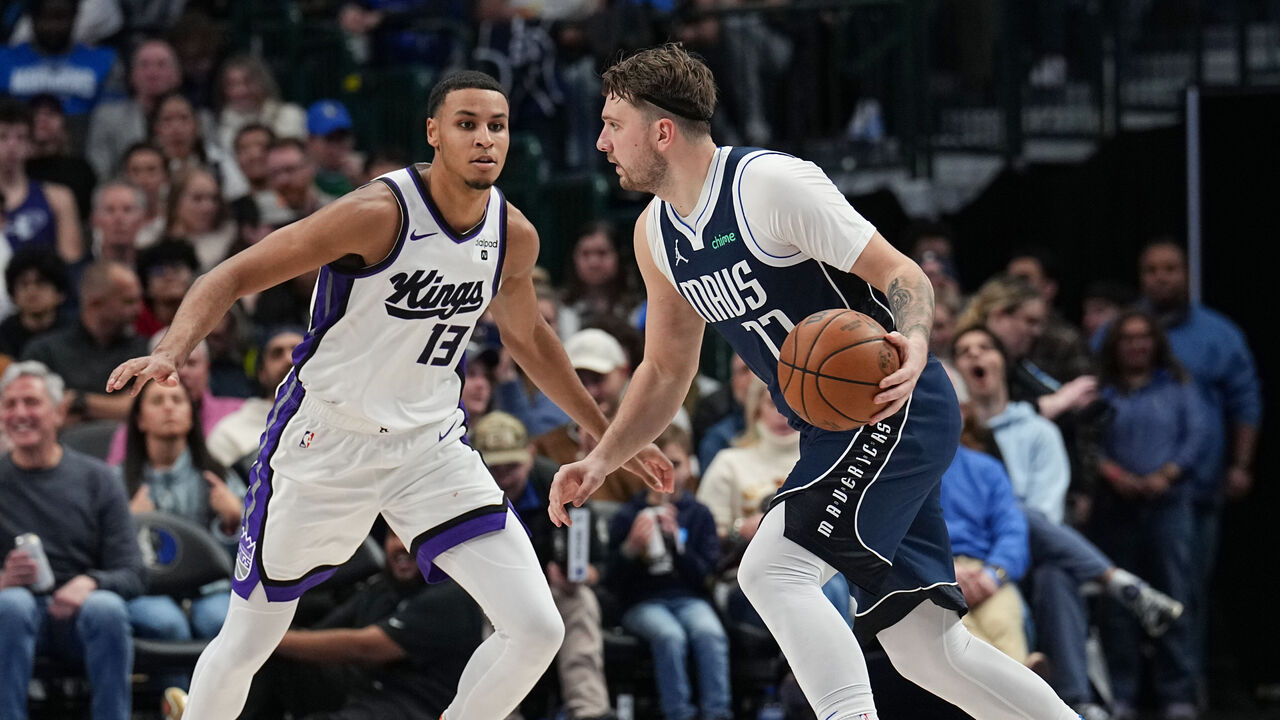
After a promising rookie season, Murray has made something of an unconventional second-year leap. His offensive counting stats have only nudged up slightly, his 3-point shooting (arguably his standout skill coming into the league) is actually way down, and his usage rate remains that of a role player. At the defensive end, however, Murray's role and impact have both completely changed, and it's a huge reason the Kings look poised to make a repeat playoff appearance after ending their ignominious 16-season drought last year.
As a rookie, Murray was mostly defending on the wing, assigned to like-sized players and often being relied upon as a backstop behind Domantas Sabonis' at-the-level pick-and-roll coverages. This year, the Kings have largely deployed him at the point of attack, sticking him on whichever type of primary creator they're up against, shifty point guards included. In that role, Murray has proven himself to be one of the league's better young perimeter stoppers: sticky as a chaser around screens (especially for someone his size), with nimble footwork when defending in isolation.
The ability to fluidly change direction and stay on balance, coupled with a 6-foot-11 wingspan, is a pretty good recipe for corralling ball-handlers.
Murray has defended the 16th-most direct isolations in the league this season and has allowed just 0.51 points per possession on those plays, which ranks first out of the 129 players who've defended at least 30 isos, according to NBA Advanced Stats. Opponents have nearly as many turnovers (six) as made field goals (seven) when they end a possession against Murray in one-on-one coverage. He's also lopped nearly 11 percentage points off his defensive field-goal percentage at the rim, going from 67.4% allowed to a very respectable 56.6% this year.
He could still stand to add some strength to better deal with the jumbo wing creators of the world. He also isn't much of a defensive playmaker, despite making sound rotations. For now, his brand of defense is more about event prevention than event creation, more about containment than pressure. Nevertheless, we're seeing the outline of a high-end defender at four different positions come into focus. And that's been the biggest factor in the Kings jumping from 25th to 18th in defensive efficiency, which has allowed them to remain in the thick of the Western Conference mix despite their offense plummeting from first to 14th.
Scottie Barnes, Raptors
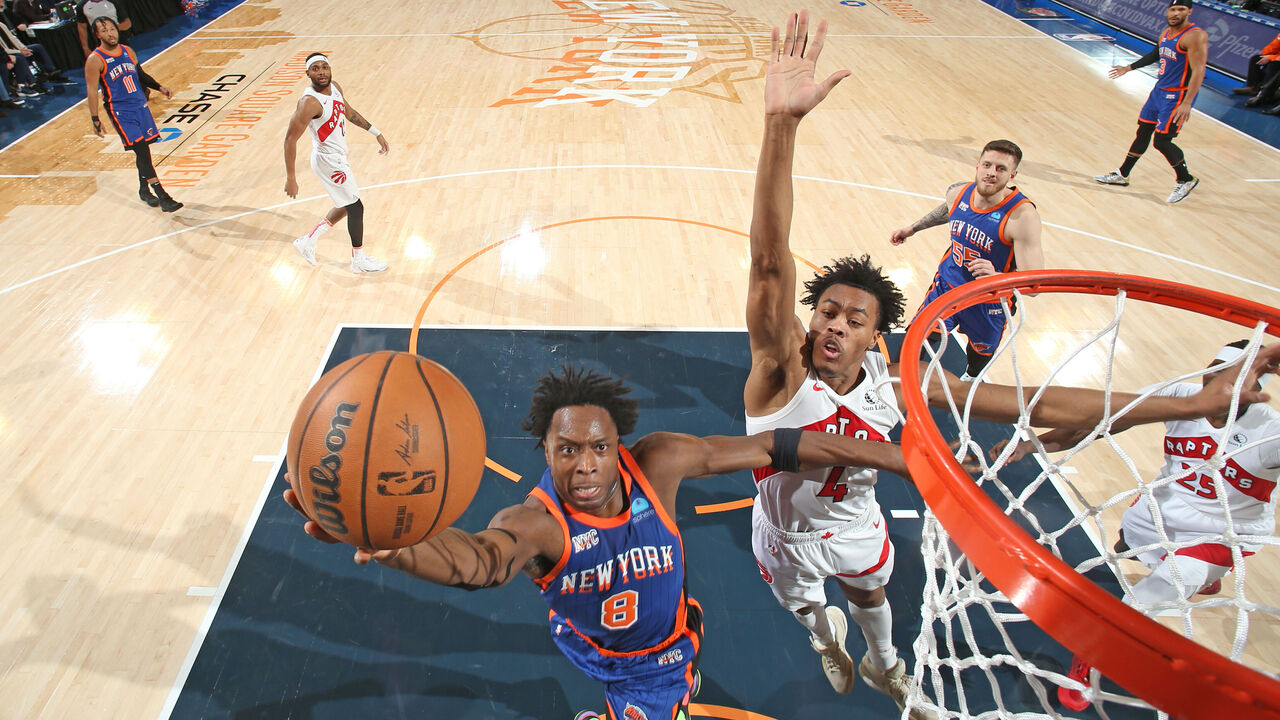
Barnes is almost like the inverse of Murray on defense, in that he's been unlocked by being moved from the point of attack to the back line.
His help instincts showed a lot of growth last year, but he spent a ton of time trying (and often failing) to contain quick ball-handlers on the perimeter. In a role that's geared more toward his strengths, he's ratcheted up the low-man activity to a new level. He's nearly doubled his block rate, and he's contesting more shots per game at the rim (6.3) than any non-center besides Evan Mobley (who spends half his minutes playing the five).
But that shift doesn't tell the whole story of Barnes' defensive development. He's also gotten significantly better as an on-ball defender, improvement he's showcased since last month's OG Anunoby trade pressed him back into frequent perimeter duty. The Raptors' defense as a whole has been disastrous in the wake of that deal, but that's less about Barnes slipping than it is about the infrastructure around him crumbling. (Jakob Poeltl's concurrent injury and Toronto's lack of a true center to replace him hasn't helped.)
Barnes is more balanced, quicker at sliding his feet laterally and swiveling his hips, and more willing to concede a buffer and let his length do the work. Now you can regularly find him making impact plays on and off the ball on the same possession:
It's been a pretty dismal season in Toronto, one in which the team has floundered and frustrated and ultimately shipped off its two longest-tenured players - both beloved, decorated, homegrown talents. The saving grace is Barnes' leap at both ends of the court. It's given the Raptors a future - and a potential franchise player - to believe in.
Alperen Sengun, Rockets
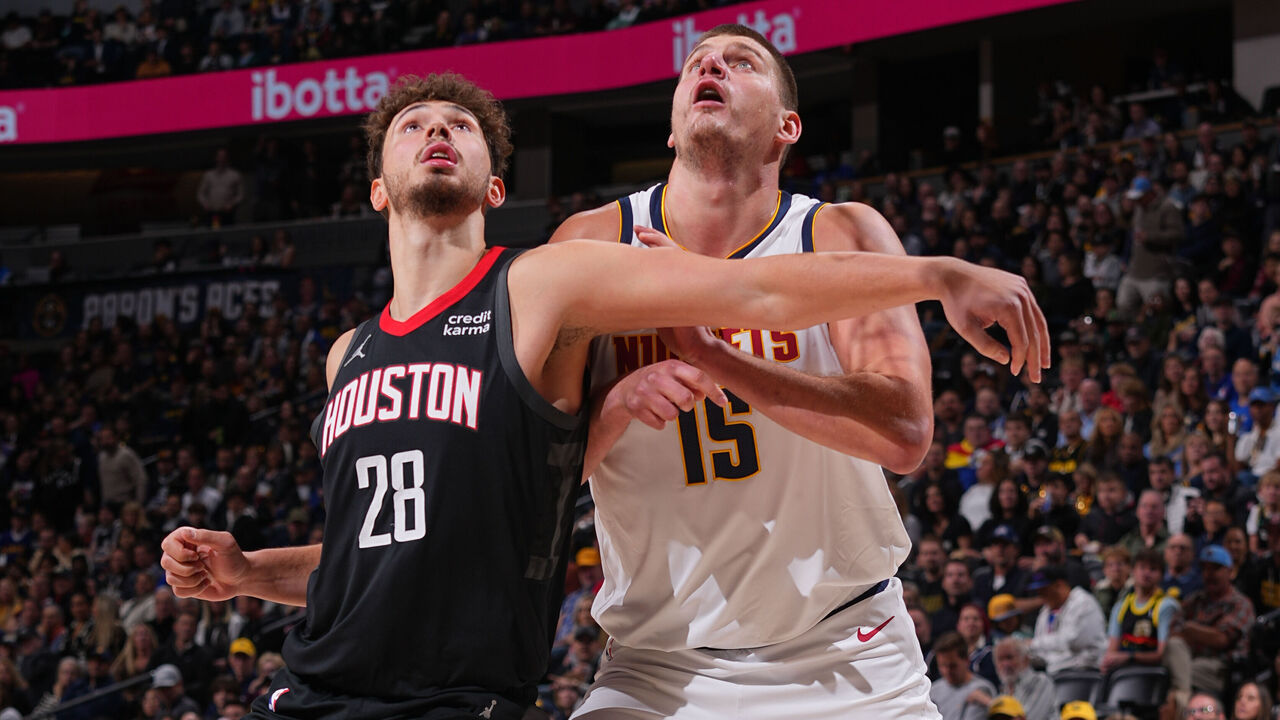
Sengun, like Barnes, should be squarely in the breakout players' conversation for his offensive growth alone. His development into an All-Star-level elbow and post hub has understandably drawn most of the attention. But we shouldn't lose sight of his defensive strides, which have arguably been just as dramatic.
Houston collectively has the most improved defense in the league by far, rocketing from 29th to seventh in points allowed per possession. While Sengun's contributions to that sea change have been less significant than those of veteran imports Dillon Brooks and Fred VanVleet, or burgeoning defensive prospects Jabari Smith and Tari Eason, it's nearly impossible to have a team defense that good if your center isn't doing something right. And Sengun is doing a lot of things right, especially compared to his first two years in the league.
He's processing help-side reads faster, changing direction more fluidly, and exercising more discipline when it comes to staying on his feet. The Rockets have the best transition defense in basketball, and his diligence in hustling back has been a big part of that. His deflections are way up, and he's managed to dial up that disruptiveness while committing one fewer foul per 100 possessions than he did last season. In pick-and-roll coverage, he's miles better at playing between the ball and the roller, whether he's in a deep drop or coming up to the level:
His lateral agility, while improved, remains a slight weakness. He still messes up some rotational reads when Houston is in scramble mode. And his neutral wingspan and lack of vertical pop mean his raw rim-protecting numbers aren't great. But intuition and sound positioning can go a long way. Sengun's allowing just north of 60% shooting when he contests at the basket, which is by far the best mark of his career and perfectly passable for someone who also acts as a very strong deterrent of those interior shots. Rockets opponents see their rate of paint attempts dip by 4.5 percentage points when he's on the floor, per Cleaning the Glass.
It's not dissimilar from the way Nikola Jokic - an even more earthbound and horizontally challenged center - has turned himself into a plus defender. Sengun has even adopted Jokic's tactic of kicking his leg out to try and prevent pocket passes when he's playing up to touch. Sengun may never be above average defensively (his hands aren't as good as Jokic's, nor is he as good a rebounder), but he's showing that with a strong infrastructure around him, he can hold steady as the ballast of a top-10 unit. We wouldn't have said that about him before this season.
Karl-Anthony Towns and Nickeil Alexander-Walker, Timberwolves
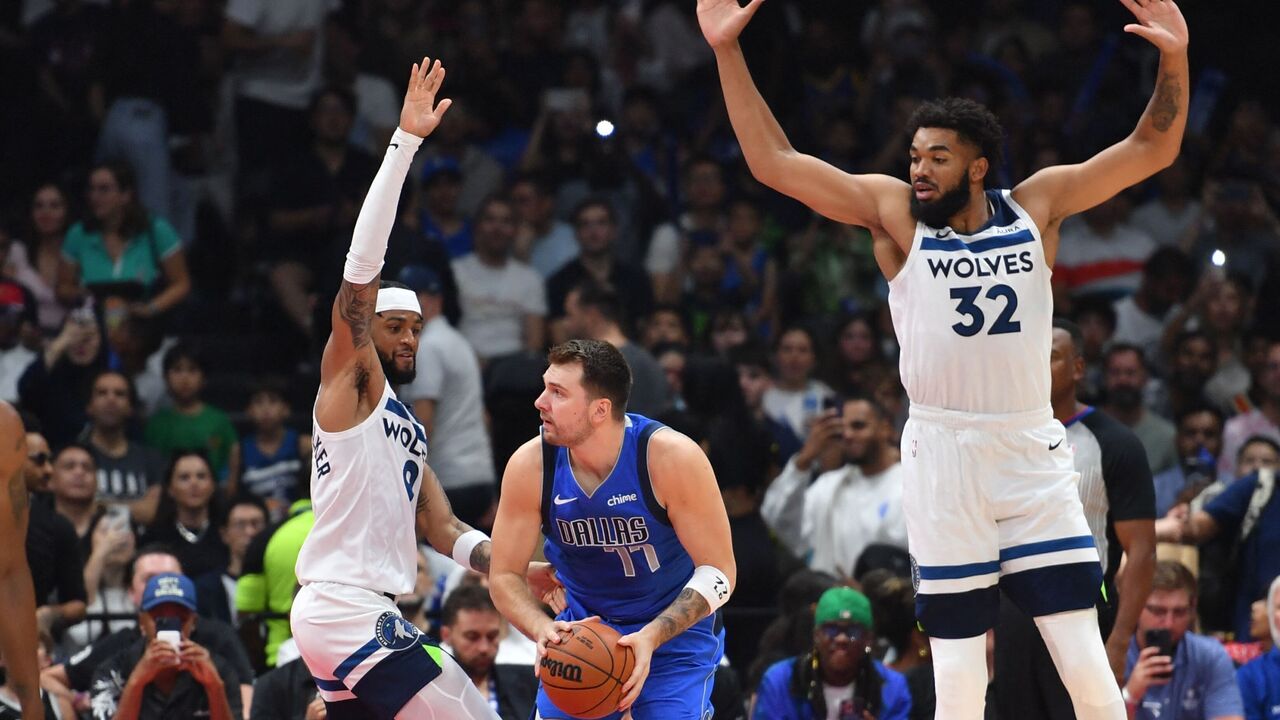
Most of the credit for Minnesota's top-ranked defense has gone to Rudy Gobert, the runaway favorite for Defensive Player of the Year. Beyond him, people might credit Jaden McDaniels, Anthony Edwards, Kyle Anderson, or even Mike Conley. The Wolves have high-end stoppers all over the place, but that shouldn't overshadow the contributions they've gotten from Towns and Alexander-Walker, the two most improved defenders on the roster.
Towns had a longer way to go, and his improvement has been the more important development given his central role on the team. Often maligned as a lumberer with slow feet, poor defensive awareness, and shoddy rim protection, Towns was forced to make a couple of major adjustments over the last two years. First, he was asked to start hedging ball screens as his base pick-and-roll coverage. Next, he had to figure out how to defend at the power forward spot next to Gobert. He never really developed a feel for the latter last season, as injuries limited him to just 29 games. This year, though, he's handling the responsibilities of that role beautifully.
He's involved in central actions less often, which means he's getting more reps as a weak-side helper, tasked with zoning up, tagging cutters, and bringing low-man rotations behind Gobert or Naz Reid.
It feels notable that Towns is having his best defensive campaign while defending fewer rim shots than he has in any other season of his career. Despite his size, he seems better suited to a role that asks more of him away from the basket. Of course, it helps to have Gobert as a safety net, but this season, Gobert could genuinely say the same about KAT, who's helping and recovering with more acuity than he ever has.
Towns can still struggle as a ball-screen defender (he concedes the edge on his hedges a lot), but he's mostly done a solid job while toggling between coverages. The Wolves still like to have him hedge or even switch when Gobert is on the floor to quarterback rotations on the back side, but you'll see Towns drop a lot more when Gobert's on the bench, and he's been better in that coverage as well. It's telling that Minnesota still has an 86th-percentile defensive rating in those minutes.
Then there's Alexander-Walker, who once looked destined to become a sixth-man gunner with little regard for defense. Instead, he's turned himself into one of the most hellacious point-of-attack irritants in the game. He's become an elite screen dodger who uses his 6-foot-10 wingspan to contest shots from behind when chasing over top, or to get back into a ball-handler's grill after going under. He brings the perfect blend of activity and discipline, putting up excellent steal and block rates and ranking 14th among qualified players in deflections per minute despite rarely fouling. He's also a heady team defender, and especially disruptive at the nail.
Here's Alexander-Walker and Towns working together to blow up an action against the Thunder:
Towns and Edwards execute a switch-double on Shai Gilgeous-Alexander, Alexander-Walker rotates up to take Towns' man and gives him nowhere to go, when the pass goes to the corner Towns recognizes he has a shorter closeout than Gobert, and he flies out to contest Chet Holmgren's three.
These two may not be the most heralded defenders in Minnesota's rotation, but their growth has been integral to the team's success.
Goga Bitadze, Magic
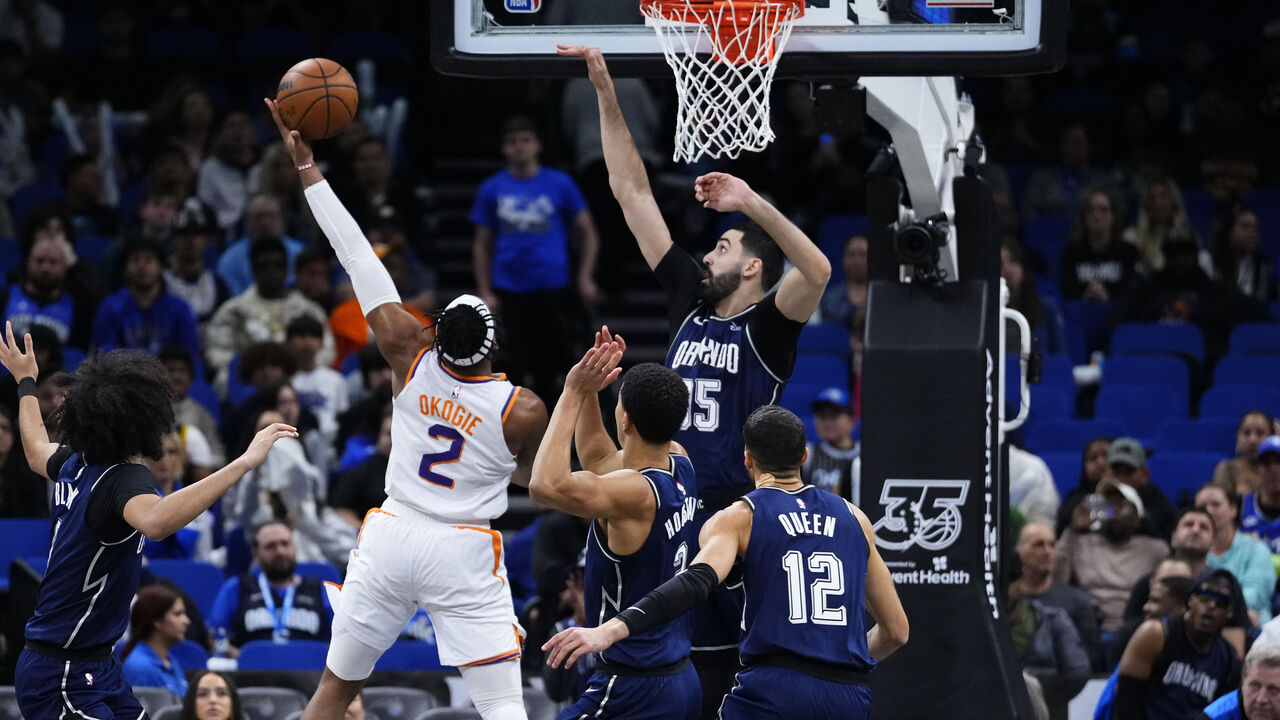
With Wendell Carter Jr. healthy and rounding back into form, and Mo Wagner still killing it as a backup five, Bitadze has fallen out of Orlando's rotation. But he still deserves recognition for the work he did to keep the Magic afloat and near the top of the league's defensive rankings while Carter was on the shelf.
Bitadze had shown flashes of solid rim protection in the past, but he struggled a bit with his positioning when defending in space and wasn't always the quickest or most alert back-line rotator. There also wasn't room for him to develop in Indiana's crowded frontcourt, which is why the Pacers waived him at last year's trade deadline.
Since latching on with Orlando, Bitadze has displayed more refined defensive instincts, smoother footwork, and more coverage versatility while still showcasing that great rim-protecting ability. He's averaging 1.2 steals and 2.8 blocks per 36 minutes this season, and opponents have hit just 55.8% of their shots at the basket when he's in the vicinity.
Watch this overtime possession from a game against the Kings earlier in January:
That's Bitadze hard-hedging twice in quick succession to contain Malik Monk and force a long-range skip pass, then rotating down to the baseline to block Harrison Barnes and secure a shot-clock violation.
Bitadze's offensive limitations may make it hard for him to carve out consistent playing time, but if he can keep defending the way he's done this season, there should be a role for him somewhere.
Honorable mentions
Jalen Suggs, Shai Gilgeous-Alexander, Isaiah Hartenstein, Cam Reddish, Aaron Nesmith, Donovan Mitchell, Michael Porter Jr., Jalen Johnson, Kawhi Leonard, James Harden
Some of these players were already very good defenders who are now getting more of an opportunity to showcase it (Suggs, Hartenstein, Nesmith). Others made more substantial defensive leaps in prior campaigns (Gilgeous-Alexander, Mitchell, Porter) or have tailed off after strong starts to the season (Johnson, Reddish). Leonard has improved greatly from last year but not from his DPOY peak, while Harden has simply given a lot more effort in the aspects of defense that he was sneakily pretty good at.